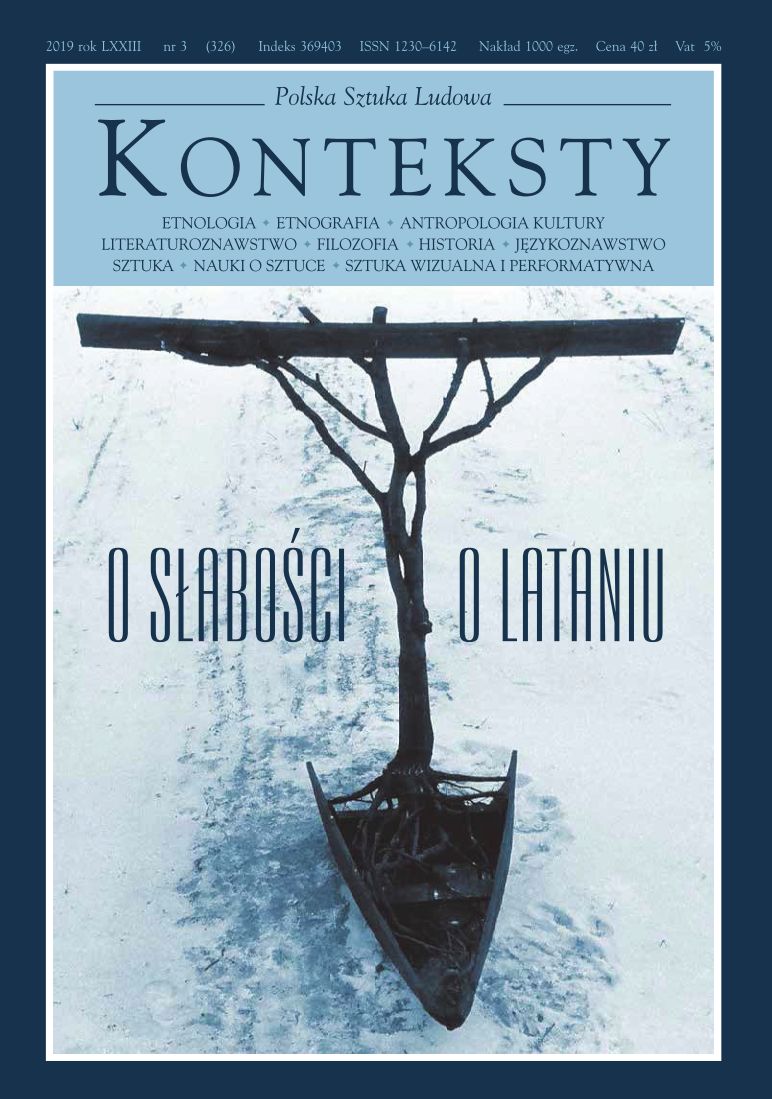Sokoły Stalina. Mitologizacja lotnictwa w sowieckim kinie stalinowskim
Stalin’s Falcons. Mythologisation of Aviation in Soviet Stalinist-era Cinema
Author(s): Joanna WojnickaSubject(s): History, Fine Arts / Performing Arts
Published by: Instytut Sztuki Polskiej Akademii Nauk
Keywords: Stalin;aviation;cinema;anthropology;
Summary/Abstract: A presentation of the Soviet, and especially Stalinist propaganda myth connected with aviation and pilots, and in particular its cinematic representation. The myth in question appeared in Soviet propaganda already in the 1920s although, understandably, it reached its apogee in the 1930s and in wartime motion pictures. Its foundation was composed both of communist scientific prometheism and the demands of imperial propaganda. In the art of the 1920s it belonged to the domain of propaganda undertakings which, just as all over Europe, accentuated futuristic fascination and the progress of modernity. During the 1930s Stalin regarded the titular myth as one of the pillars of Soviet gigantomachy. This is the reason why authentic successes enjoyed by aviators and technical projects became the theme of art, spanning from music (the famous Aviators March) and painting (Alexandr Deyneka) to the cinema. Films accentuating this particular theme include, i.a. Alone (1931) by Grigoriy Kozintsev and Leonid Trauberg, Aerograd (1935) by Alexander Dovzhenko, works about the exploits of aviators: Valeriy Chkalov (1941) and Courage (1939) by Mikhail Kalatozov, and the post-war Tale of a True Man by Alexander Stolper (1948), based on the acclaimed novel by Boris Polevoy. The aviator myth lasted in the Soviet cinema well into the political thaw period although propaganda began to replace it with a more typical and appealing counterpart. Conquest of space was supplanted by that of the cosmos and astronauts took the place of aviators.
Journal: Konteksty
- Issue Year: 326/2019
- Issue No: 3
- Page Range: 264-270
- Page Count: 7
- Language: Polish
- Content File-PDF

